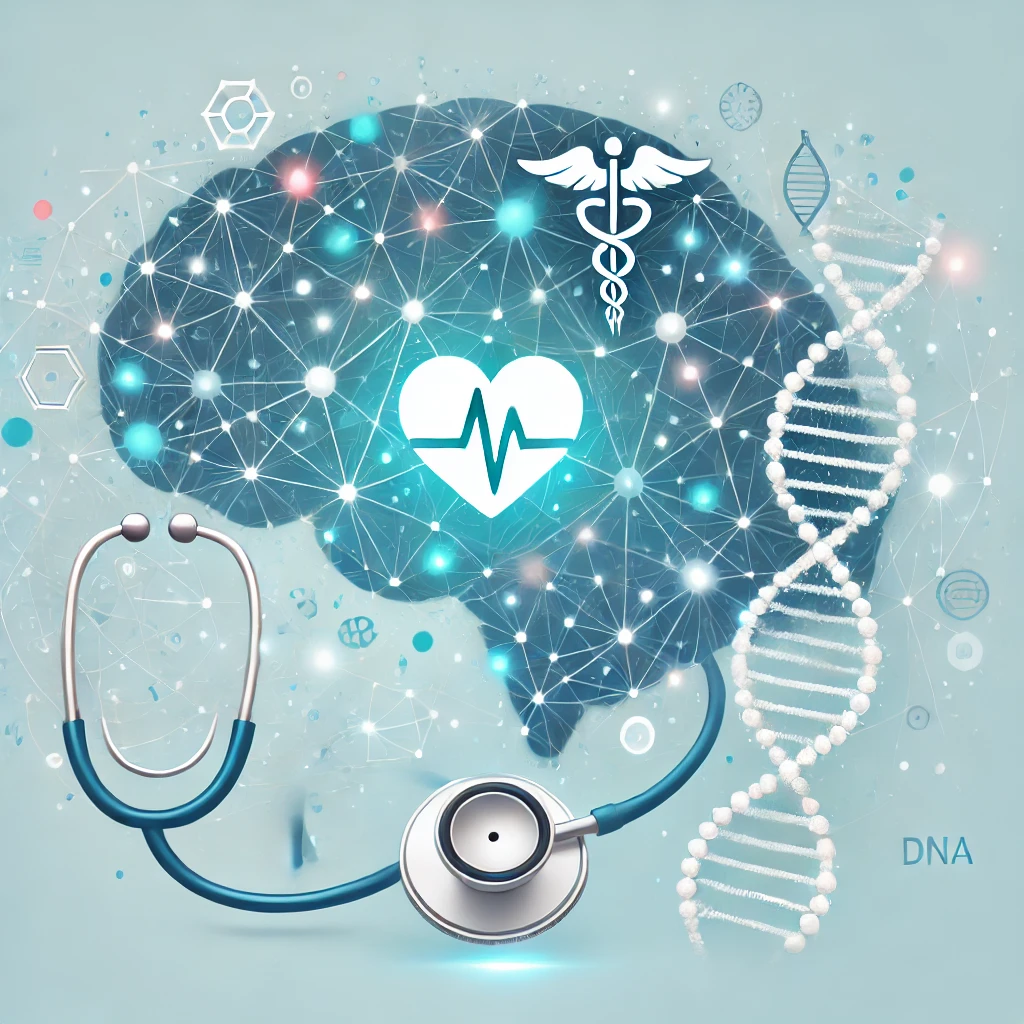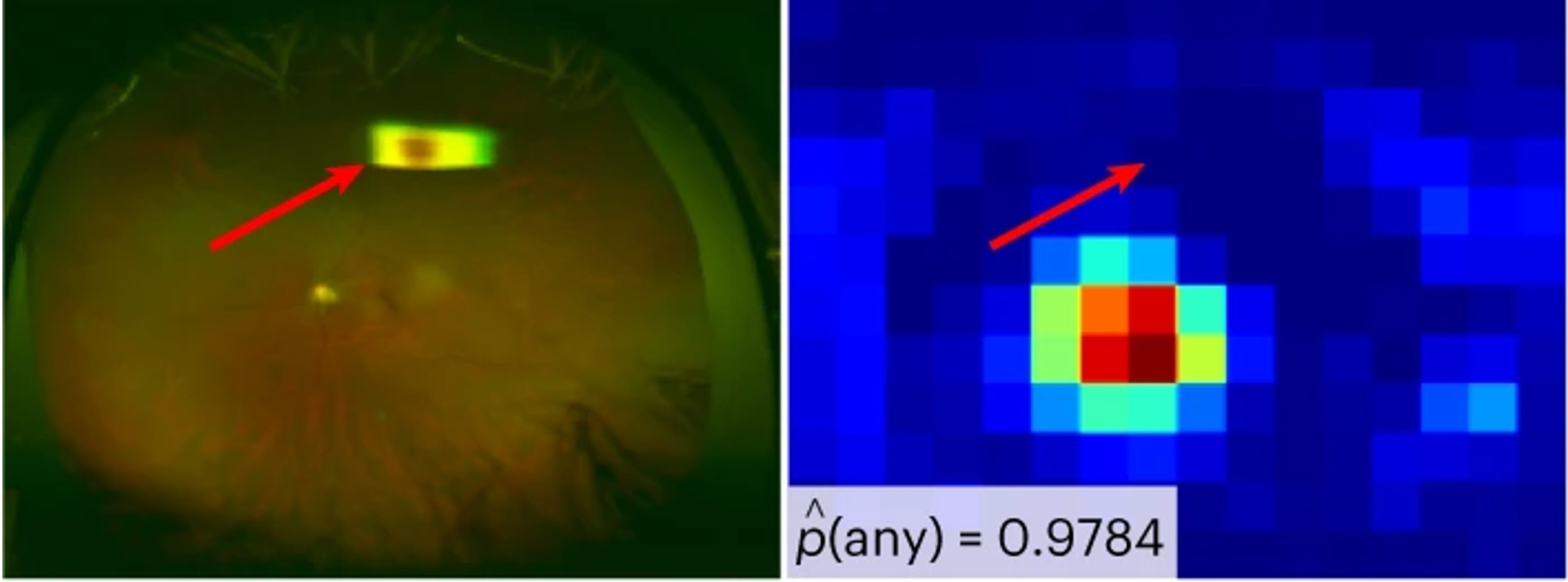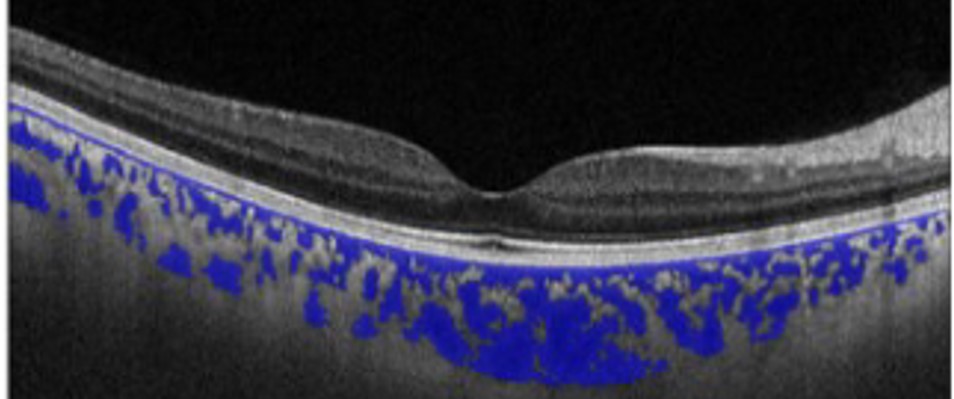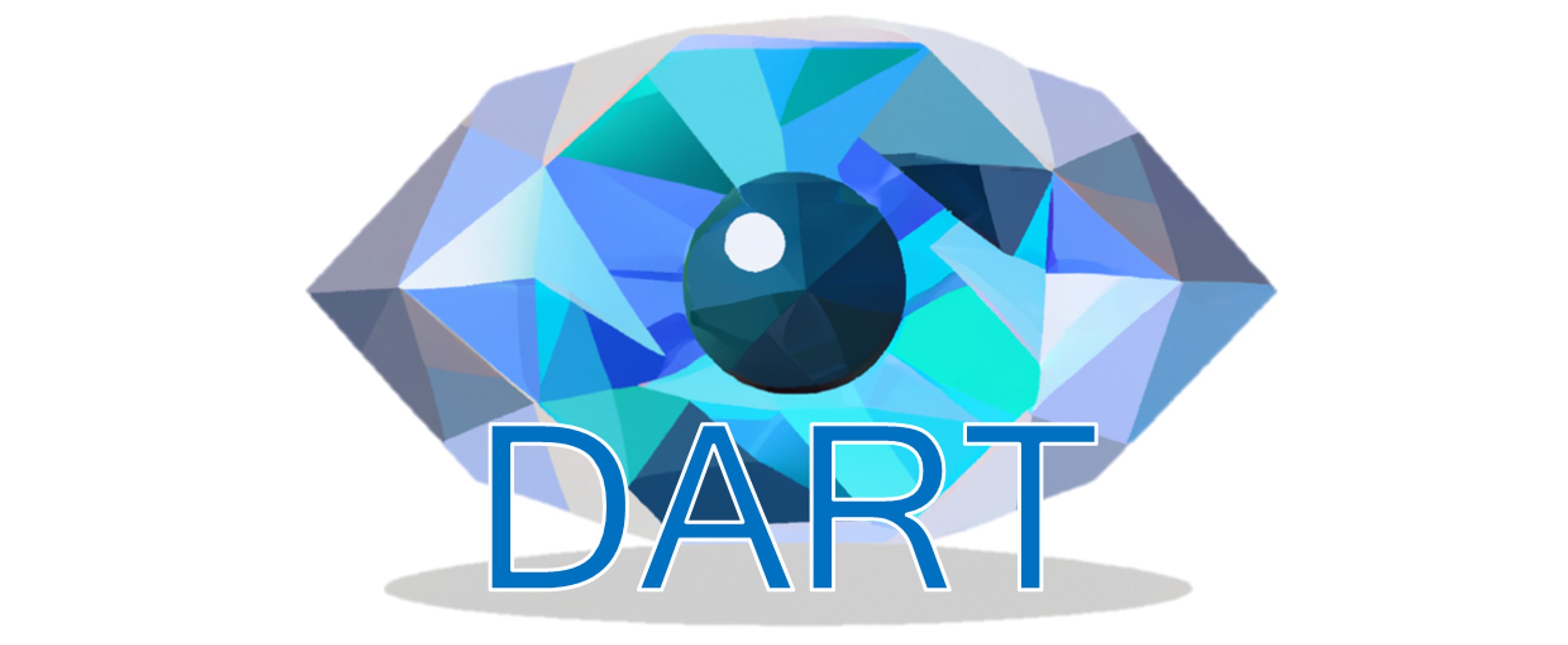🍜 MISo: Machine Intelligence Solutions
High-performance AI, delivered in finite time.
Solutions
AI-based image analysis
Whether you need an image classifier or a complex pipeline that segments subtle structures and returns accurate measurements, I can handle everything: from model training to output visualisation to delivering production-ready pipelines that scale to millions of images.
Bespoke GenAI / LLM solutions
I create bespoke GenAI solutions tailored to your needs. That can be an on-premise LLM for confidential data or a commercial API like OpenAI. I handle everything from prompt engineering, RAG (retrieval augmented generation) to fine-tuning with LoRA and deployment into production.
AI advisory
Starting your AI journey? I can help assess your potential projects for feasibility, technical complexity, and data requirements. Getting the right expertise early in the process can have order-of-magnitude effects on outcomes.
About me
I'm Justin, a researcher in the field of medical AI. I have a PhD in Biomedical AI from Edinburgh and degrees from Oxford and Berlin. I'm very passionate about machine learning and AI, and I do an awful lot of it: as a researcher, for side projects, and for clients. I'd like to think I've gotten pretty good at it. My first project in medical imaging ended up published in Nature Machine Intelligence and I recently won a MICCAI competition that teams from 15 top universities participated in. I almost ended up working as a management consultant but turned down my job offer in favour of research.
(Note: My work through MISo is independent of my work as a researcher. MISo is not affiliated with or endorsed by any employer of mine.)


What drives me
My mission is to advance healthcare and scientific research through the power of AI. I greatly enjoy my work as a researcher, but most medical AI research never sees real-world translation. This is why I do consultancy: to develop useful tools that deliver real value. In research, the quality of engineering is underappreciated, too. I aim to build robust solutions that work in the real-world, not just the results section of a paper. And I want them to be easy-to-use, maintainable, and efficient enough to process many millions of data points if needed.
My approach
I develop state-of-the-art, production-ready tools that solve complex problems accurately and efficiently. Just as important, I deliver results quickly - I've solved problems in weeks that larger consultancies have struggled with for months. AI development is engineering: the best solutions are robust, scalable, and efficient - and in hindsight deceptively simple. Make no mistake, simple solutions require deep expertise and are harder to develop than complex ones. If a problem requires it, I can and do develop highly innovative solutions. But I can tell you, the better I got at AI development, the simpler and more effective my solutions became.

Research Projects
These are some of the tools I’ve developed as a researcher rather than through MISo, just to give an idea of what I can do. Projects done for MISo's clients are kept confidential but are just as cool as these, if not cooler.

AI-based detection of multiple retinal diseases in ultra-widefield retinal imaging
I developed an AI model to detect seven different retinal pathologies, achieving excellent performance. This was my very first project in ophthalmology and was published in Nature Machine Intelligence.

Choroidalyzer: Automatic segmentation of the choroid in optical coherence tomography
Choroidalyzer segments the choroidal region and vessels in OCT B-scans, taking less than a second to do what would take a human expert half an hour. Choroidalyzer is actively used by researchers worldwide, on three continents (that I'm aware of).

DART: Efficient and robust computation of retinal Fractal Dimension from colour fundus images
DART computes a metric describing the complexity of the retinal blood vessels. Traditional approaches take upwards of 30 seconds per image, whereas DART can process hundreds of images per second on the same hardware, with 3x less measurement noise.

QuickQual: State-of-the-art retinal image quality scoring
QuickQual achieves state-of-the-art performance on the EyeQ dataset with just 15 lines of code, outperforming much more complex approaches. I developed and wrote the paper for QuickQual in a single weekend. Fitting the model took less than 10 minutes.
Get in Touch
Have a project in mind? Let's work together!